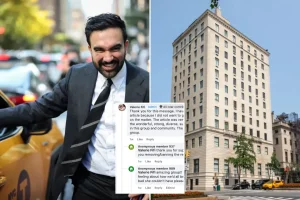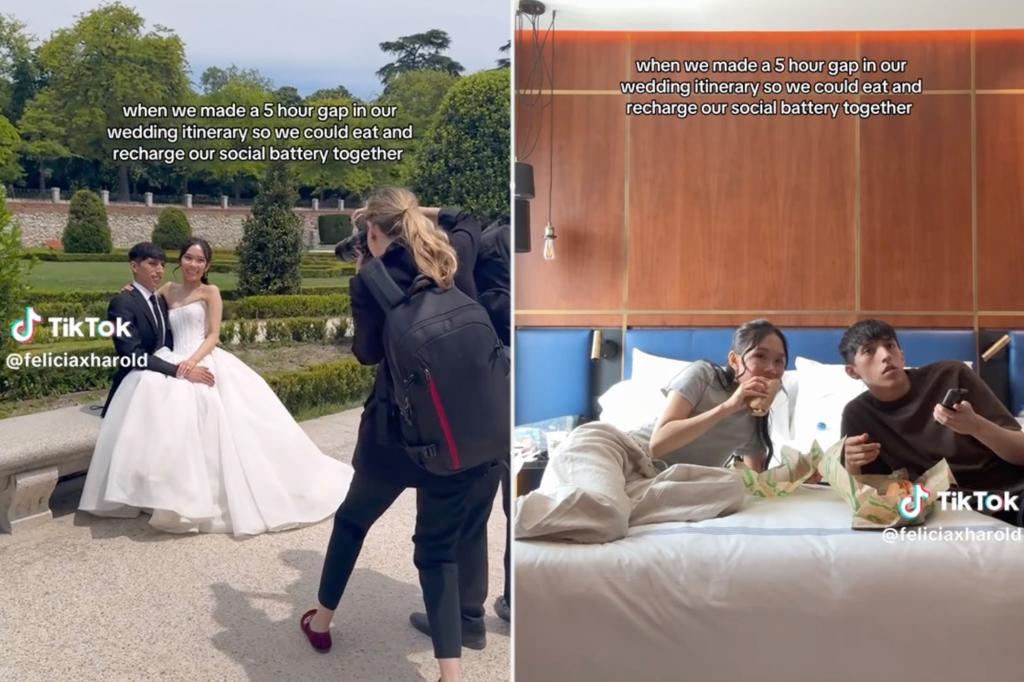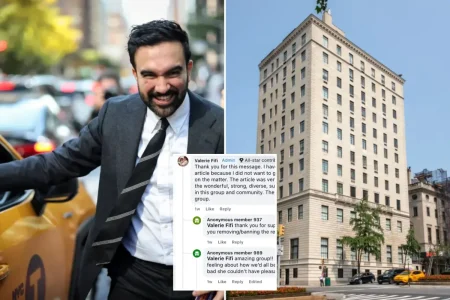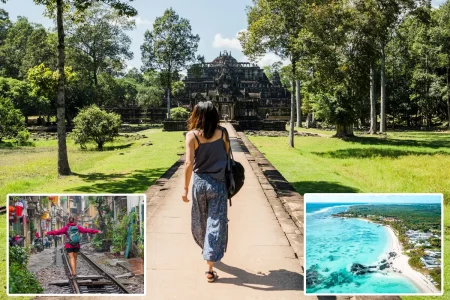Embracing Rest: How One Couple Redefined Wedding Day Expectations
In the heart of Madrid, Spain, a couple decided to challenge traditional wedding expectations by intentionally creating a five-hour break in their celebration—a decision that has sparked conversations about self-care and guest experience in the wedding industry. Felicia Lp, 27, and Harold Vasquez, 28, a foodie couple with a passion for intentional living, recognized that their special day, while joyous, could also be exhaustingly demanding. Their refreshing approach to wedding planning went viral on TikTok, showcasing how they transformed from formal attire to comfortable clothes, grabbed takeout food, and recharged together in bed before continuing their celebration. This simple yet revolutionary act challenges us to reconsider how we approach significant life events and whether making space for rest might actually enhance these experiences rather than diminish them.
“We wanted to be intentional about how we spent the day,” Felicia explained to Newsweek. “Weddings can be overwhelming and nonstop, and we knew we’d need a chance to breathe, eat, and recharge before the evening.” This sentiment resonates with many couples who have experienced the whirlwind of wedding festivities—from early morning preparations to late-night dancing, often without a moment to truly pause and absorb the significance of the day. Harold added that while some guests were initially surprised by their unconventional schedule, most appreciated the thoughtfulness behind their decision. By prioritizing their well-being, Felicia and Harold created space to actually experience their wedding day rather than merely surviving it. Their choice highlights an important question for all couples planning weddings: Is tradition serving you, or are you serving tradition?
The TikTok video documenting their wedding break received overwhelming support, with commenters praising the practical wisdom of their decision. “Wait this makes so much sense. Get married in the morning, let people leave for lunch, naps, and then party? Hell yeah,” wrote one enthusiastic viewer. Another commenter thoughtfully considered potential drawbacks, wondering about guests who might lose momentum during the break. This honest dialogue opened up conversations about the realities of social energy and event planning that are rarely discussed in the polished world of wedding inspiration. The couple’s decision acknowledges the human limitations that are often overlooked in the pursuit of picture-perfect celebrations—the need for food, rest, and moments of quiet connection amid the joyful chaos.
Perhaps most tellingly, a guest who attended the Madrid wedding offered their perspective: “We were all just happy to be there and celebrate however you guys wanted to. It’s quite literally about no one else but you two, and no one needs to twist my arm to go out and explore Madrid for a few hours.” This comment illuminates a truth often forgotten in wedding planning—guests generally want the couple to be happy and comfortable, and many appreciate the opportunity to explore a destination or simply rest themselves. The traditional packed wedding schedule can be just as exhausting for guests as it is for the couple, especially in the context of destination weddings where travelers may be dealing with jet lag, unfamiliar surroundings, and the logistical challenges of being away from home. By building in a break, Felicia and Harold not only honored their own needs but also considered the overall experience of their loved ones.
This consideration becomes even more relevant as destination weddings continue to rise in popularity. According to the Center of Tourist Studies of Florence, over 15,000 couples—primarily from the United States—chose Italy for their weddings in 2024. The Knot reports that Italy and Mexico remain top choices for American couples seeking destination celebrations. These international wedding experiences present unique challenges and opportunities. While they offer stunning backdrops and immersive cultural experiences, they also require significant travel, adaptation to different time zones, and navigation of unfamiliar environments. In this context, building intentional breaks into the wedding schedule not only acknowledges the physical demands of travel but also creates space for guests to appreciate the destination itself rather than rushing from one wedding event to the next.
Felicia and Harold’s wedding break represents more than just a scheduling decision—it symbolizes a broader shift in how we might approach celebrations and milestones. Their choice reflects a growing awareness that meaningful experiences require presence, and presence requires energy. By acknowledging their human needs for food, rest, and quiet connection amid their celebration, they modeled a form of self-awareness that could benefit all of us as we navigate significant life events. While wedding traditions serve important cultural and emotional purposes, they should ultimately enhance rather than detract from the experience of the couple and their community. As more couples plan weddings that reflect their authentic values and needs, we may see more innovations like the midday wedding break—practical adjustments that create space for genuine presence on one of life’s most significant days. Perhaps the most meaningful traditions are the ones we intentionally choose rather than those we exhaustedly inherit.














